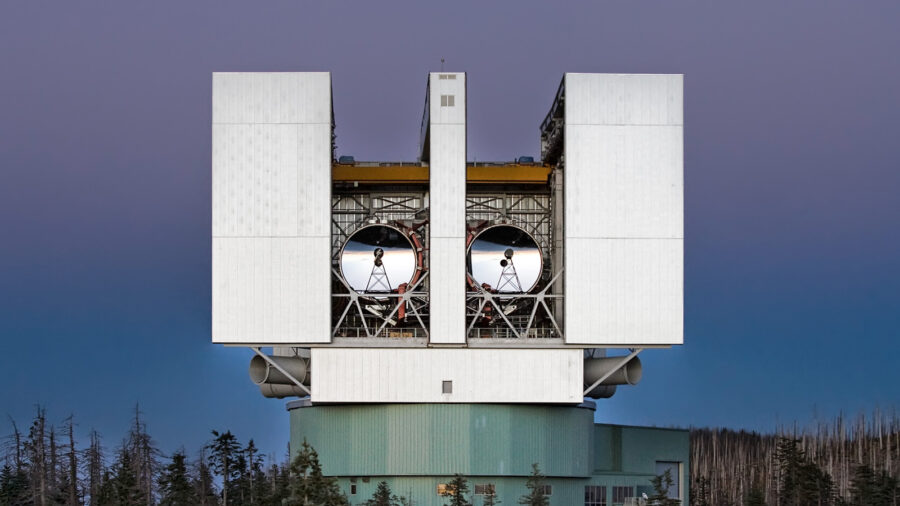Scientists Discover Star With Tentacle-Like Arms

Scientists have long known that there are stars out there that copy our galaxy’s spiraling formation with a set of tentacle-like arms and now, they’re one step closer to understanding why this phenomenon happens. Dubbed MWC 758c, the journal Nature Astronomy has published a new study surrounding the extraordinary cosmic wonder which calls one of these spirals home. Located around 500 light years from Earth, the newborn gas giant exoplanet could be the missing link in learning how these tentacles come to be.
New findings support the theory that the phenomenon of tentacle like arms around certain cosmic bodies is caused by the gravity of exoplanets causing debris to spiral outward in the bizarre shapes.
The star at the center of the discussion is a few million years old, which means it’s essentially a baby. Because of its young cosmic age, the star is still surrounded by these arms which are more precisely protoplanetary discs that will stick with it for millions of years before they fall off.
Because of the exoplanet’s gigantic size, it could be causing debris to swirl around it, thus leading to the appearance of tentacles.
The findings were unearthed with the help of the Large Binocular Telescope Interferometer (LBTI) in Arizona to properly catch a glimpse of MWC 758c, a piece of equipment that will undoubtedly be used to look at stars with similar arms.
This theory has long been hypothesized by researchers studying these massive stars but this finding better bolsters their thoughts that the arms play an integral part in the creation of planetary systems. Kevin Wagner, the lead author of the report and an astronomer at the University of Arizona Steward Observatory shared his hope that the arms would help further research and give more “feedback on the planet formation process itself.”
You may be wondering how researchers have missed out on such a big piece of the planetary puzzle until now and the answer to that lies within the technology used to study space.
The findings were unearthed with the help of the Large Binocular Telescope Interferometer (LBTI) in Arizona to properly catch a glimpse of MWC 758c, a piece of equipment that will undoubtedly be used to look at stars with similar arms.

Unlike other exoplanet spotting telescopes which are on the lookout for shorter, bluer wavelengths, the LBTI scans for longer, redder wavelengths.
Not only was the discovery of MWC 758c an unexpected one, it was beyond what many astronomers thought was possible with Steve Ertel, the lead instrument scientist for the LBTI, commenting that it was the “reddest” planet ever spotted.
Why MWC 758C Is So Red
Exactly why it’s so red hasn’t been figured out quite yet with Ertel leaving it to two options: the planet is either very cold or it’s still running hot from its creation and is still encased with dust. Regardless, this giant step forward in understanding why stars are showing off tentacle-like arms is a massive one when it comes to deepening our understanding of the never ending mysteries of space.
Along with helping us answer the questions surrounding why some stars are surrounded by swirling arms, telescopes have been helping to make a lot of advancements as of late as, just two months ago, the James Webb Telescope was able to shake up the conversation on how galaxies are formed. With new information rolling in every day, fresh theories are coming to life and we become that much closer to understanding the world beyond our own.












